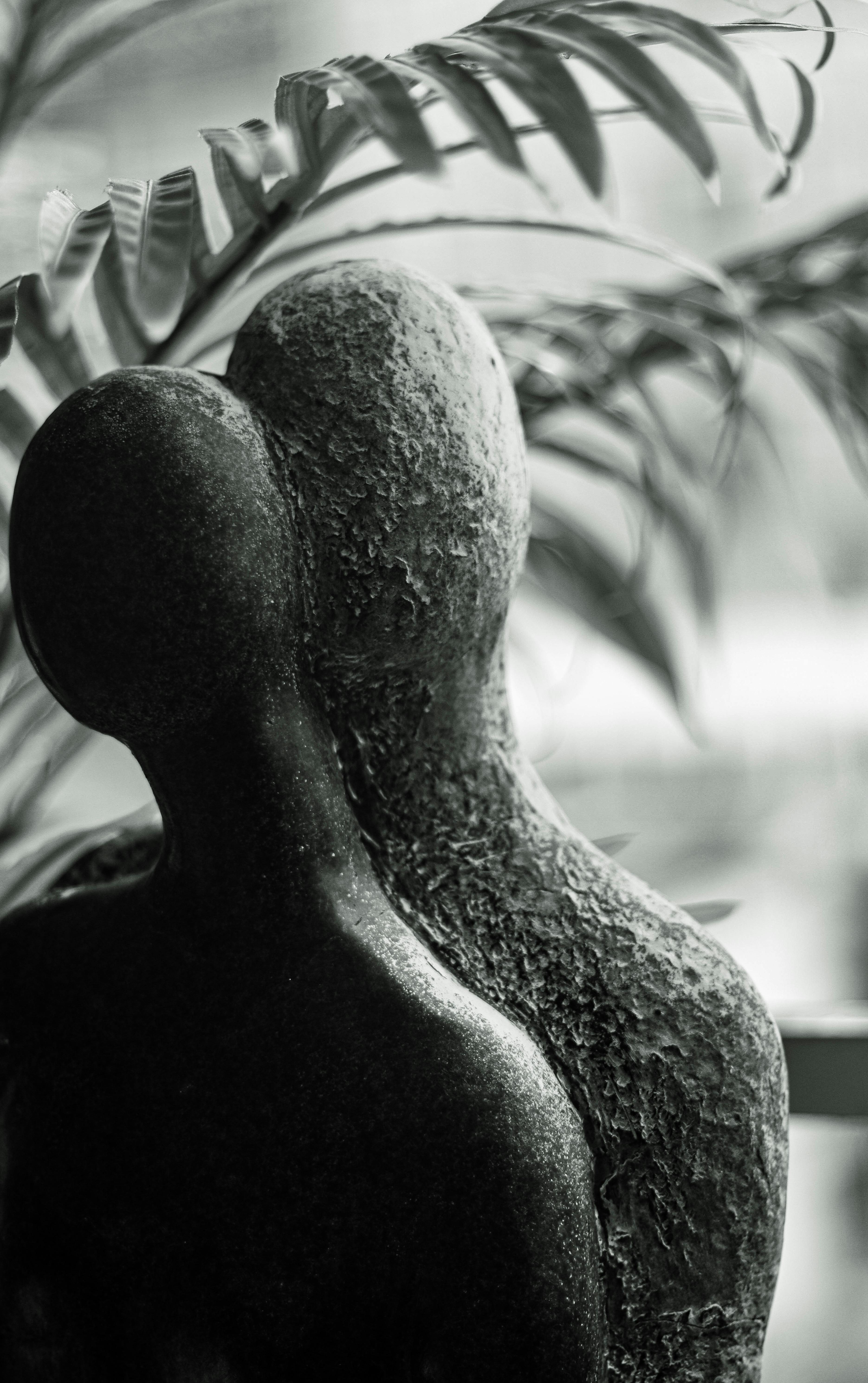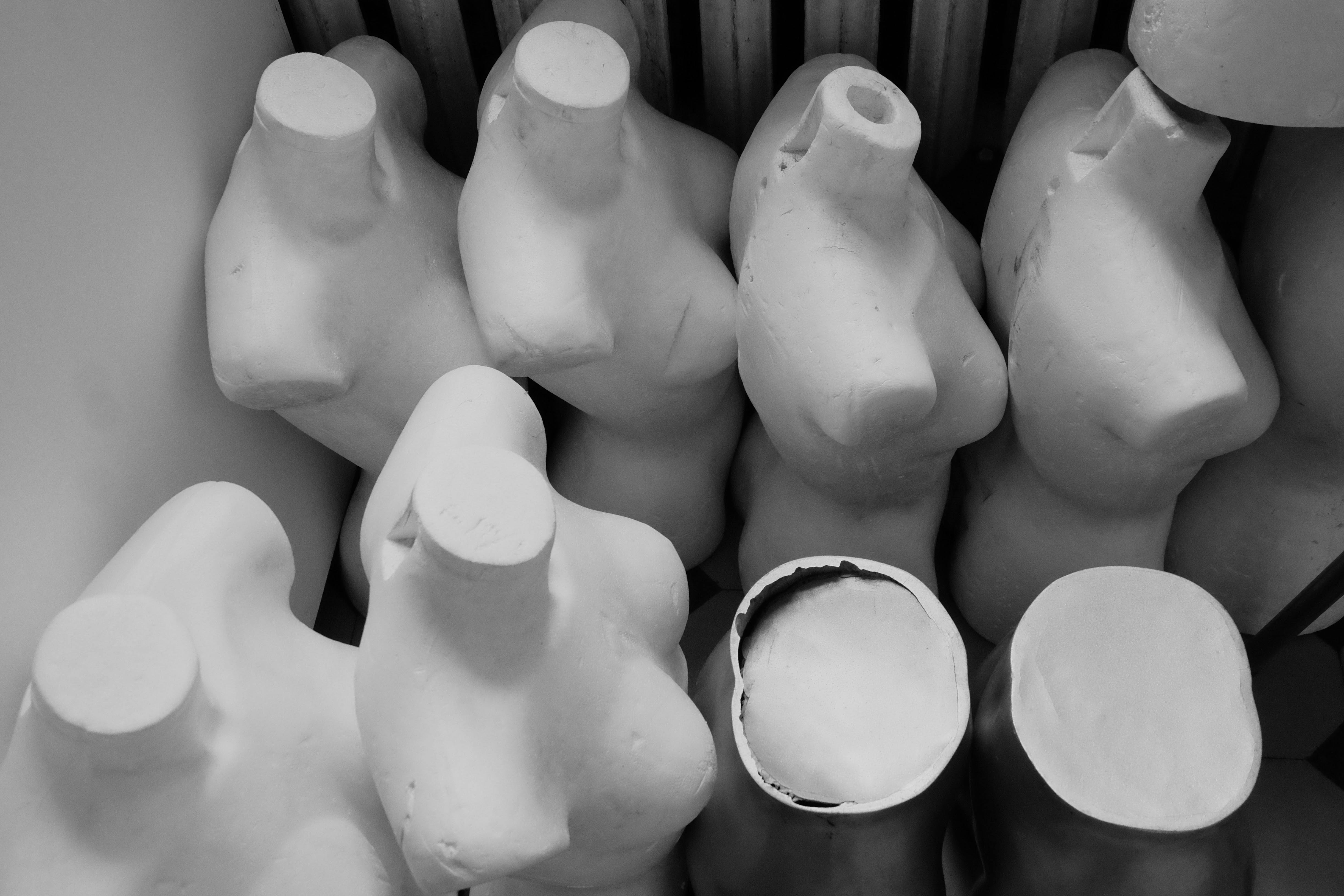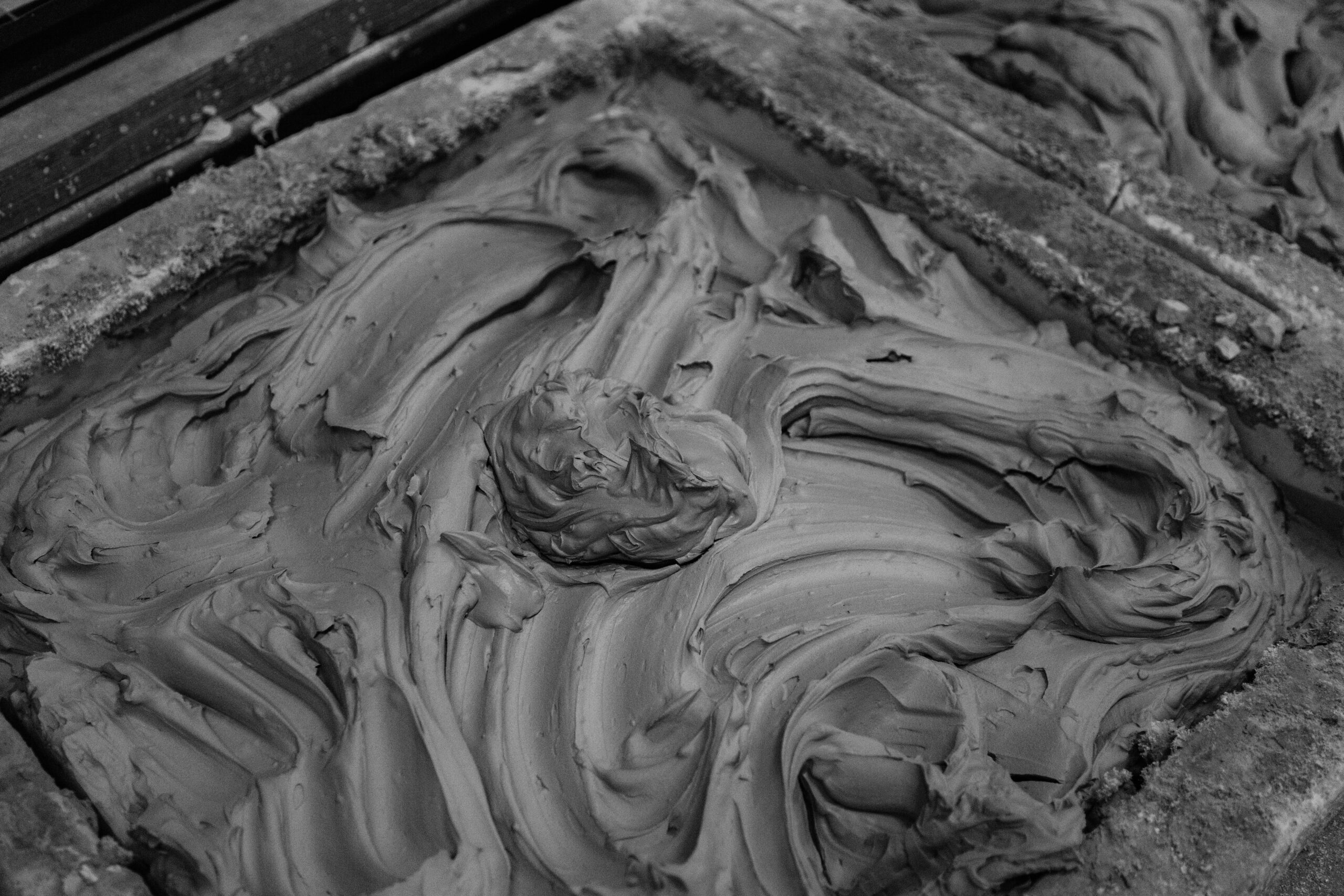Schwarzer Schimmel
Schwarzer Schimmel, or black mold, is a term that refers to various species of mold that are dark in color and thrive in damp, humid environments. This type of mold can significantly impact both the structural integrity of buildings and the health of individuals living in affected areas. Understanding the nature of schwarzer schimmel, how to identify it, and the effective remediation strategies can help to mitigate the risks associated with mold growth.
Understanding Schwarzer Schimmel
Schwarzer schimmel primarily includes species like Stachybotrys chartarum, which is notorious for its dark color and potential health risks. This mold typically grows in areas that have been subjected to water damage or high humidity levels. Often found in bathrooms, kitchens, and around leaky windows, it can be easily mistaken for other dark molds. Identifying this mold early is crucial to avoid extensive damage and health complications. In homes, schwarzer schimmel can lead to respiratory issues, allergic reactions, and other serious health concerns.
Identifying the Signs of Schwarzer Schimmel
Identifying schwarzer schimmel involves looking for specific signs in your living space. Common indicators include dark patches on walls, ceilings, or flooring, often accompanied by a musty smell. It’s essential to conduct regular checks in moisture-prone areas, such as attics and basements. If you notice unexplained symptoms among household members, such as persistent coughing, sneezing, or skin irritation, it might indicate the presence of black mold. Moreover, visible growth in the corners of rooms or behind furniture is a telltale sign that should not be ignored.

Health Risks Associated with Schwarzer Schimmel
The health risks associated with schwarzer schimmel cannot be overstated. Exposure can lead to a variety of symptoms, ranging from mild allergic reactions to severe respiratory conditions. Individuals with pre-existing health issues, such as asthma or compromised immune systems, are particularly vulnerable. Symptoms may include persistent cough, eye irritation, skin rashes, and fatigue. To protect yourself, it’s crucial to recognize these symptoms and seek medical advice if you believe you have been exposed to this hazardous mold.
Prevention and Control Methods
Preventing the growth of schwarzer schimmel involves maintaining a dry, well-ventilated environment. It’s vital to address water damage promptly, whether it’s a leaky pipe or flooding. Regularly inspect your home for any signs of moisture or leaks and repair them as soon as possible. Using dehumidifiers in areas prone to dampness and ensuring proper ventilation when cooking or showering are great strategies to control humidity levels. Furthermore, good housekeeping practices, such as cleaning areas vulnerable to mold, can contribute significantly to prevention.
Cleaning and Remediation Techniques
Cleaning and remediating schwarzer schimmel involves several steps to ensure safety and thoroughness. Initially, it’s crucial to wear protective gear, including gloves and a mask, to avoid inhaling spores. For small areas, a mixture of soap and water can effectively clean mold off surfaces. However, if the affected area is extensive or if you notice mold deeply embedded in walls or other materials, it may be necessary to consult a professional mold remediation service. They have the necessary tools and expertise to safely remove mold and restore the affected areas. Here’s a simple step-by-step guide for smaller issues:
- Identify and fix the source of moisture.
- Isolate the affected area to prevent spores from spreading.
- Clean surfaces with a mold removal solution.
- Dispose of contaminated materials safely.
- Thoroughly dry the area to prevent future growth.

When to Seek Professional Help
There are instances when addressing schwarzer schimmel might be beyond DIY efforts. If you are facing extensive mold growth, health issues, or if the mold covers a large area (over 10 square feet), it’s advisable to consult professionals. Mold remediation experts possess specialized knowledge in identifying mold types and implementing effective removal strategies. Additionally, they can provide guidance on preventing future infestations, ensuring the health and safety of your home.
Damage from Schwarzer Schimmel
The damage caused by schwarzer schimmel can be extensive, affecting both structural integrity and property value. This type of mold can weaken building materials like drywall, flooring, and wooden structures, leading to significant repair costs. Moreover, the presence of black mold can deter potential home buyers and reduce property appraisal values. To mitigate damage, regular inspections and maintenance are key; addressing moisture issues promptly can prevent mold growth and extensive damage.
Impact on Property Values
Schwarzer schimmel can significantly impact property values, as potential buyers often associate mold with neglect and underlying issues. Homes with mold problems may require extensive repairs, which can be an obstacle during sales processes. To maintain property value, homeowners should consistently monitor for mold signs and rectify any moisture issues immediately. A clean, mold-free home not only safeguards your health but also protects your financial investment.
Long-term Consequences of Mold Damage
Long-term exposure to schwarzer schimmel can result in persistent health issues and ongoing repair costs, positioning it as a serious concern for homeowners. If mold is left unchecked, it can lead to structural damage, resulting in necessary renovations that can be quite costly. Furthermore, prolonged exposure can cause a cycle of health-related problems, impacting the quality of life for residents. Hence, early detection and proactive mitigation strategies are essential to avoid these repercussions.
Key Takeaways
- Identify the signs of schwarzer schimmel to prevent health issues.
- Implement regular maintenance to control moisture levels in your home.
- Understand when to seek professional mold remediation for extensive issues.
- Acknowledge the impact of schwarzer schimmel on property values and take action early.
FAQ
1. What causes schwarzer schimmel to grow?
Schwarzer schimmel thrives in damp, humid environments often caused by water leaks, poor ventilation, or high humidity levels. Proper moisture control can significantly reduce the risk of mold growth.
2. How can I safely remove schwarzer schimmel from my home?
For small areas, mix soap and water to clean surfaces. Ensure to wear protective gear, and if mold covers a large area or is deeply embedded, seek professional help for remediation.
3. Are there any long-term health effects of exposure to schwarzer schimmel?
Yes, long-term exposure can lead to serious health issues, including chronic respiratory problems, allergies, and even neurological symptoms. It’s crucial to address mold presence immediately.
4. Can I sell my home if it has schwarzer schimmel?
While it’s possible to sell a home with mold, it can severely impact the property’s value. Addressing the mold issue before selling is advisable to avoid losing potential buyers.
5. How often should I check for mold in my home?
Regular inspections, at least twice a year, especially in moisture-prone areas, are essential to catch mold growth early and maintain a healthy living environment.
